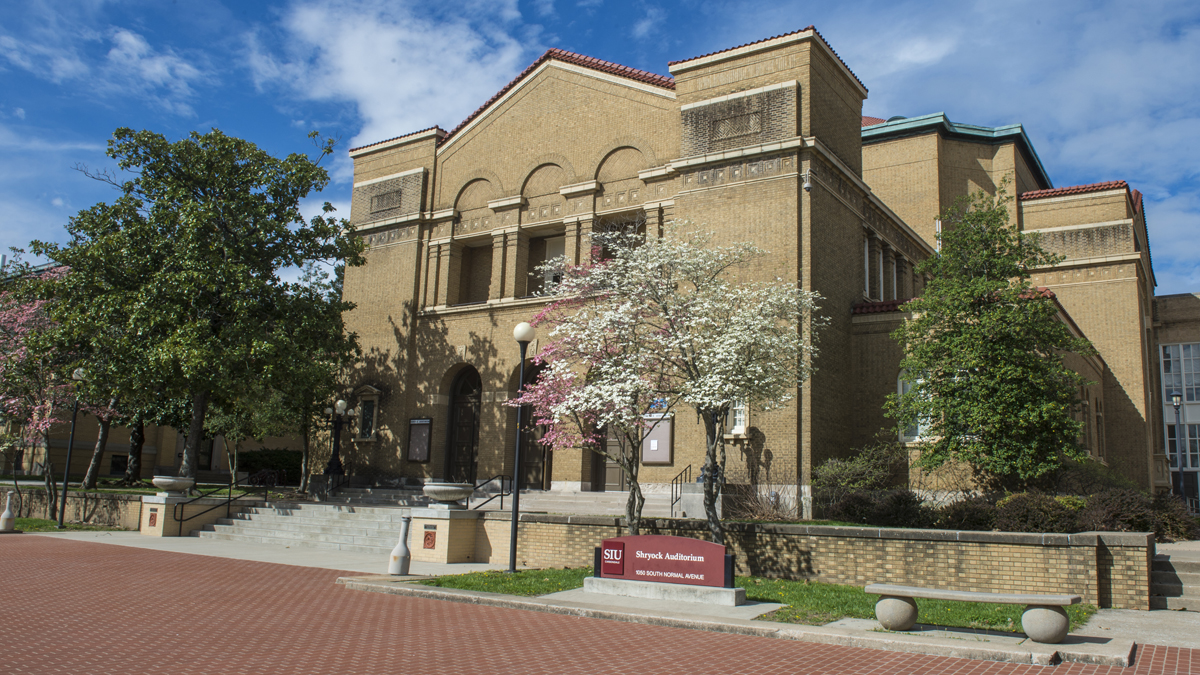
February 28, 2022
SIU Concert Choir presents ‘Music We Just Have to Sing’ on Thursday
CARBONDALE, Ill. — Classical choral music spanning nearly five centuries is on tap this week as Southern Illinois University Carbondale’s Concert Choir performs compositions for a new audience.
The choir — comprised of 28 students from various majors throughout campus — will perform “Music We Just Have to Sing!” at 7:30 p.m., Thursday, March 3 in Shryock Auditorium. Admission is free. SIU is committed to protecting the community, so all those attending must follow current campus and state pandemic safety protocols.
Susan Davenport, professor and director of choral activities in the School of Music, said the program’s music comes from “approved choral repertoire lists” among choral directors from more than 20 states. Those pieces represent works from mid-1500 to the 21st Century that choral directors agree “We must sing,” Davenport said.
The performance will also include works by a selection of women composers from each era, including Magdalena Casulana, an Italian Renaissance composer who is noted for being the first woman to notate and publish her music under her own name, Davenport said. The choir will also sing pieces by Clara Schumann, Emma Lou Diemer and Undine Smith Moore.
“My sense is that anyone coming to the concert who has sung in choirs will likely hear a piece they’ve done somewhere in their singing past,” Davenport said. She added that the choir has “worked hard to be able to present an authentic sound on each piece, including singing in four different languages.”
Barbara Noyes of the School of Music is the collaborative pianist.
“My excitement with this music is the chance to introduce these ‘classics’ to this generation of students,” Davenport said. “Very few of the singers had ever heard any of these selections. Now they’ll know music that can transcend generations …. quite possibly their parents or grandparents sang these same pieces when they were in choir. I like bringing that ‘connective tissue’ to these students.”
